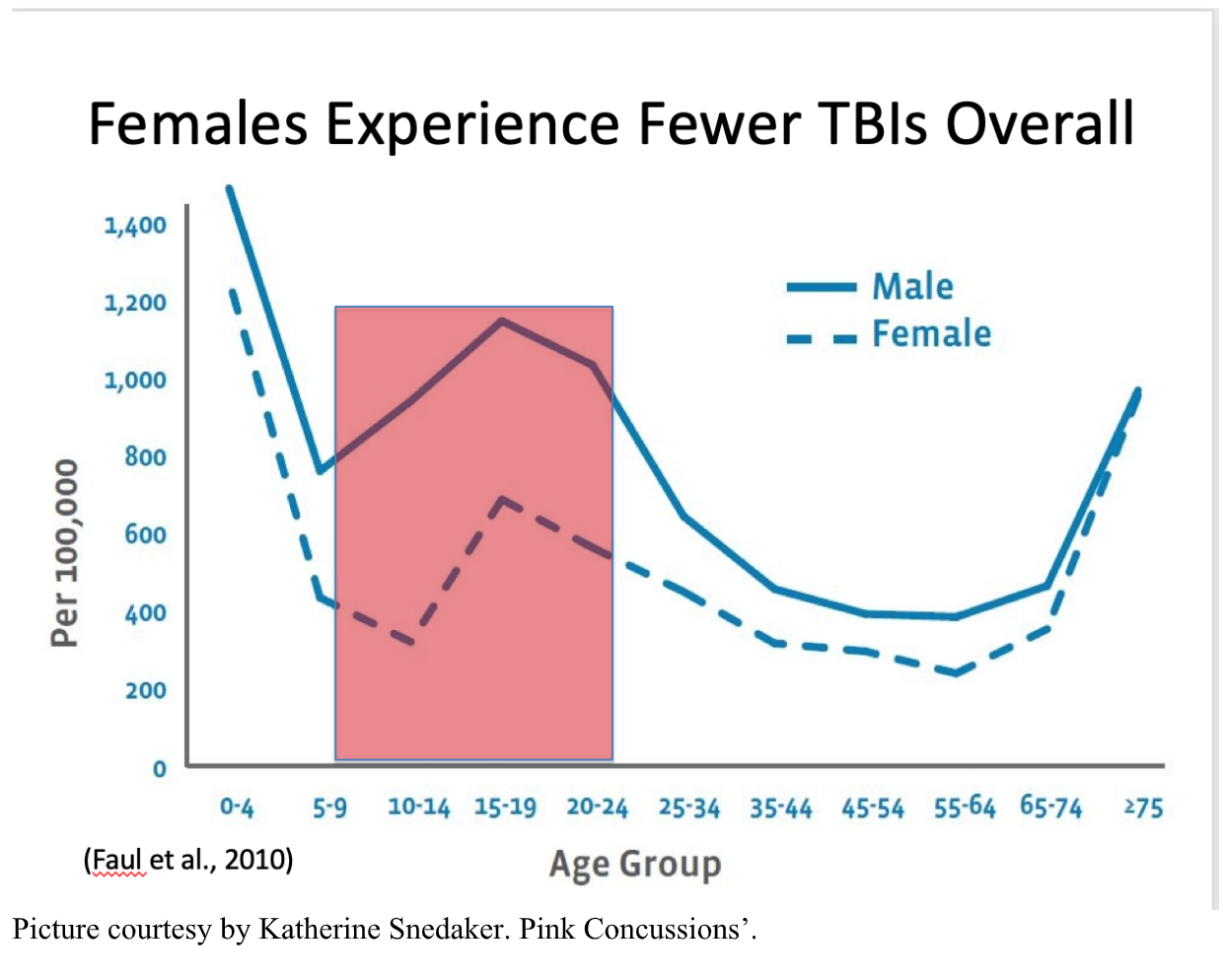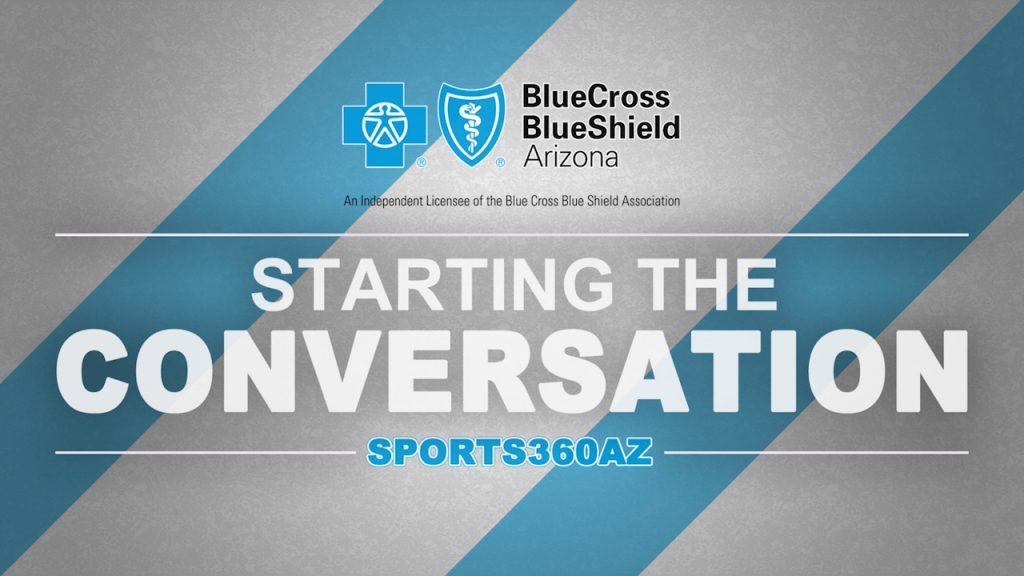Story by Frida Mata
The growing problem of student-athlete concussions has inspired the Barrow Neurological Institute and ASU to extensively research ways at attempting to lower them.
Nationally, teams report losing one or two players a season to serious concussions. Female soccer players have a high rate of concussions leaving experts scrambling to come up with safety protocols.
“When you look at concussion data for women it’s about 6.5 per 10,000 NCAA student athletes exposures,” said Dr. Shanyn Lancaster, the Sun Devils Athletic physician.
Twenty-two symptoms are related to concussions, including headaches, loss of consciousness, amnesia, dizziness, nausea and vomiting.
Javier Cardenas, director of Barrow Concussion and Brain Injury Center, says his team’s goal is to reduce the number of traumatic brain injuries and treating patients with the best care regardless of the cost. One promising study involves athletes doing daily neck exercises to strengthen those muscles.
“One anatomically has to do with neck strength,” Cardenas says. “While this isn’t entirely proven, studies show with increased neck strength you actually reduce the risk of concussions. The theory between men and women is because overall the musculature of a female neck is less than that of a male’s neck, that anatomically increases the risk of concussion.”
The exercise, which consists of side to side and rotating movements, is believed to help at least one in every two women.
“There are different studies looking at how neck strength exercises might be able to help, in which case that might be a more targeted effort for female athletes to reduce the risk of concussion,” Cardenas says.
For current athletes, the program could not come soon enough. ASU is working with PAC 12, NCAA and the Department of Defense in a large study that involves baseline testing and sophisticated evaluation during concussion care.
“We are clearing them from their concussion or saying they have recovered once their physical exam has returned to normal,” Lancaster says. “We also use a neurocognitive test that we do on a computer that checks reactions, speed and cognitive processing. Those scores as well have to return to their baseline levels before we allow them back into any type of athletics.”
Cardenas says the key is educating athletes about concussion and what to do in the event of an injury. A concussion is a mild traumatic brain injury, as a result of an impact. Symptoms include a change in brain function, seizure, loss of consciousness, worsening headaches and vomiting. If none of those red flags occur, it is crucial for athletes to avoid another impact before recovering from the first.
Women take longer than men to recover from a traumatic brain injury. Cardenas says migraines are more common in women than men, for example.
“Women are more likely to have headaches after a concussion and it may affect recovery over time. Women may have a slower recovery over time.”
Many athletes have reconsidered their sport because of concussion risk. Former ASU soccer player Jazmarie Mader says she feels the impact every day and abandoned the sport she loves.
“Find a new passion, you’ll find it. It may be hard but it’s not worth struggling the rest of your life the way I struggle sometimes. After a certain amount of concussions, you genuinely don’t feel the same,” Mader says.
Other programs like PINK Concussions’ have also joined the movement of spreading awareness on female brain injury including concussion and post-concussion.
Founder and executive director, Katherine Snedaker was inspired to create a safe environment for girls and women to come seek information and shine light on this gender overshadowed issue.
“PINK Concussions’ mission is to drive change and innovation to develop and implement sex-appropriate, gender-response, evidence-based strategies for the identification, management and support of women and girls with brain injuries,” said Snedaker.
The non-profit organization currently facilitates online supports groups and information for about 6500 users and are available 24 hours/ 7 days a week. With the main objective of informing the public on both the sex and gender difference in concussions in order to improve education and care for women and girls.
Groups can be found on their Facebook page, where members can share new relevant information in monitored posts.
“We have 12 groups now, the main group has women over the age of 25, so these are women that are not in college/academic base. We have a group for women under the age of 25, these are women who are in high school, college, graduate students and academics are mostly the things we discuss,” said Snedaker. “Then we have a group for veterans, we have a group for parents, caregivers and professionals as well. We also had so many Canadians, we had to break out a Canadian group that fits their health care system.”
PINK Concussions’ recommend women to know their menstrual cycle, as studies from the University of Rochester Medical Center shared on their page, show that a concussion can have more severe outcomes depending on what day of the month they were in. Women who suffer a brain injury can also experience changes in their menstrual cycle or lose it completely.
“They have found that women tend to be in more pain, and not because they are weaker in any way. They found that when women’s progesterone drops in the second part of their cycle they experience more pain. Women on birth control, where the progesterone was kept high, women who got a concussion had less pain and more favorable outcomes,” said Snedaker.
Elizabeth Whitley, athletic training coordinator at Banner- University Sports Medicine and Concussion Specialists, also encourages women athletes to perform a baseline test as another form of precaution in case of a traumatic brain injury.
“We very much believe that baseline testing is a huge step that you can take to help not prevent, but set yourself up to properly treat a concussion injury if it happens,” said Whitley.
With an average of about 40 percent of concussions going unreported, keeping in mind that the athletes health is more important than finishing the game, or wining a trophy.
“If you get a second head injury before the first is healed an athlete can have catastrophic results with brain injury,” said Whitley. “Most of the times when you report your symptoms right away and its treated properly, the athlete can be back to sports much faster than someone who plays through a traumatic head injury and may cause more prolonged issues.”

Related posts:
Sports360AZ
We provide exclusive Arizona sports stories from the pros, college, and high school levels. Bookmark our site or follow us on Twitter or Facebook for all your local sports news!



